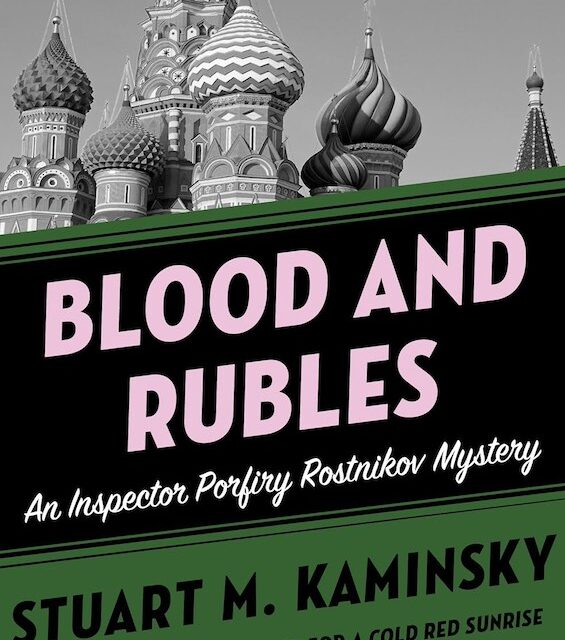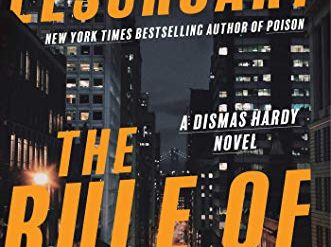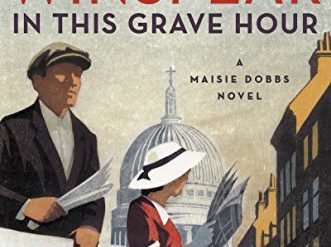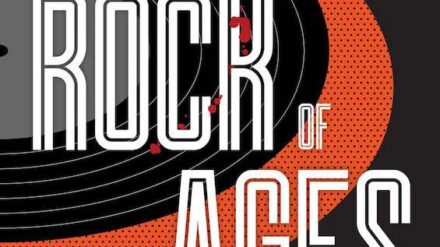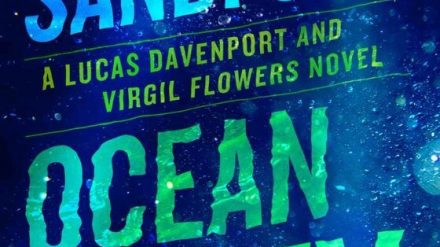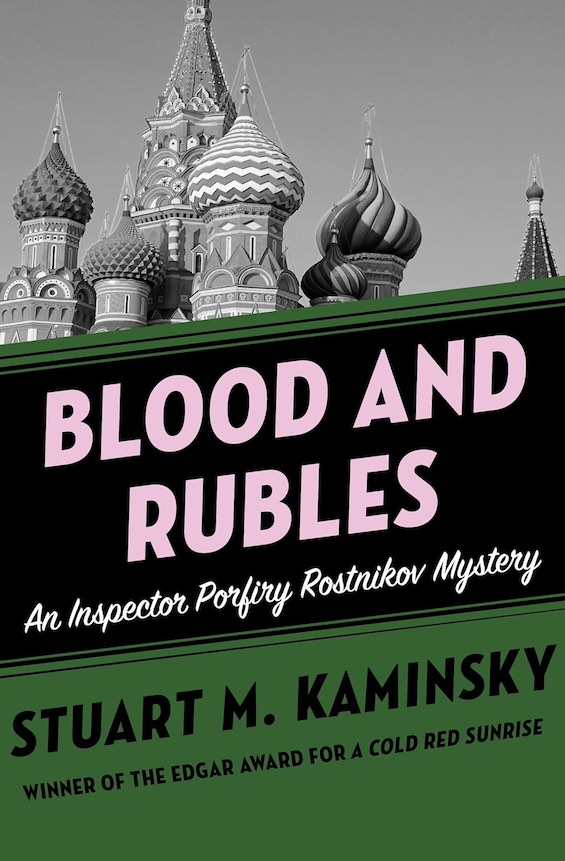
Estimated reading time: 6 minutes
Over the three-decade period from 1981 to 2009, American crime novelist Stuart Kaminsky wrote a series of sixteen police procedurals that reflected the shifting reality in Russian society. During that time, the Soviet Union, and later the Russian Republic, underwent cataclysmic change. The country’s economic system lurched from top-down state socialism to crony capitalism. Control of the government passed from anti-American hard-line Communists to pro-American democratic reformers to an insular, autocratic oligarchy openly hostile to the US. And at every step along the way, Kaminsky’s Moscow-based detectives faced new challenges as the rules, and the men who set them, constantly shifted without warning. In his tenth novel of crime in Russia, Blood and Rubles, published in 1996, Kaminsky portrays Russian society in the mid-1990s under Boris Yeltsin, when crime and corruption flourished and poverty spread like an unchecked disease.
A team of talented detectives
Throughout the three decades of the series, Kaminsky follows the careers of Inspector Porfiry Petrovich Rostnikov and his small team of talented detectives. In Blood and Rubles, they continue to work for Colonel Snitkonoy, the “Gray Wolfhound,” a crafty, vainglorious apparatchik who presides over the Office of Special Investigation. Once hidden in the labyrinth of the Russian bureaucracy and dismissed as a nonentity, the colonel now takes on top-priority cases—and he invariably assigns them to Inspector Rostnikov and his team. This time around there are four simultaneous cases, and each promises to be more frustrating than the others. As always, Rostnikov has no choice but to spread his team thin, dispersing one or two detectives to each of the four investigations.
Blood and Rubles (Inspector Porfiry Rostnikov #10 of 16) by Stuart M. Kaminsky (1996) 337 pages ★★★★☆

Four troubling cases that illuminate the state of Russian society
Every one of the four cases Inspector Rostnikov now takes on brings to light one of the dominant trends in mid-90s Russian society—and a distinct aspect of crime in Russia during its transition from Communism to capitalism.
- Three young boys attack and kill a drunk wandering at night on a Moscow street, and not for the first time. There’s been a series of such murders. But since none of those killed have been important—or their families potential sources of bribes—the police have done nothing.
- Someone has kidnapped a wealthy swindler, “a master of proizvol, the exploitation of a system in confusion.” He’s typical of the opportunists feeding on the rubble of the Communist economy. The kidnappers demand a ransom of three million US dollars of his wife and brother, who are left in command of his businesses.
- A gun battle has broken out on a Moscow street, and several people are dead. A German visitor. A woman sitting at his table in a cafe. And two of the gunmen, shot by the German. Judging from their tattoos, the shooters are members of one of the country’s most deadly gangs, the mafiya of ex-prisoners. And they’re involved somehow in a scheme to smuggle nuclear weapons out of Russia.
A fourth case rich in dramatic possibilities
The fourth case is a locked-room mystery. Every one of the four cases might merit a book of its own. But the fourth is especially rich in possibilities.
Inspectors Emil Karpo and Elena Timofeyeva accompany a team from the tax police on a massive raid. When they crash into the home of a suspect as reporters look on, they discover a cavernous, warehouse-like room with shelves stretching almost two stories high. Every shelf is groaning from the weight of priceless antiques from the time of the Tsars. Paintings. Religious icons. Books. Jewelry. Serving dishes. Old microscopes. Manuscripts. Karpo is convinced the horde is worth billions. And presiding over the treasure is an old woman, the sister of the man, now deceased, who’d bought up all these precious objects over many decades.
The tax police leave guards at both the front and back doors, pledging to return in the morning with experts to evaluate and catalog the treasure. But when they do, they’re far from alone. Cops from two different police districts have crowded in, claiming jurisdiction and determined to get a piece of the action. Thus, four different police units are on the scene, each claiming jurisdiction. Confusion abounds because the police “reform” introduced by Yeltsin’s government had left the boundaries loosely defined. Unfortunately, everything in the room has vanished. The old woman says she burned it all. And she won’t say another word until they all leave.
Enter the FBI
Somehow, Inspector Rostnikov and his lead detectives—Emil Karpo, Sasha Teach, Elena Timofeyeva—need to tackle all these cases simultaneously. But Colonel Snitkonoy has a surprise in store for them. At their regular morning meeting, he introduces Craig Hamilton, an FBI Special Agent attached to the US Embassy. He’s been sent to Russia to pursue an investigation into the smuggling of nuclear weapons—and it’s he, not Inspector Rostnikov, who will head that case, working with Rostnikov himself. Which means that Rostnikov must reshuffle his team’s assignments. It’s a wonder how everything could possibly work out well. But we know it will.
About the author

In the New York Times obituary for Stuart Kaminsky—he died at the age of seventy-five in 2009—Margalit Fox described him as “widely known for his prodigious output, complex characters and rich evocations of time and place.” In his career as a novelist beginning in 1977, he wrote more than sixty crime novels, usually at the rate of two per year. He produced four series, including the longest-running one about Toby Peters, a private detective in 1940s Hollywood, as well as the sixteen books of the Porfiry Rostnikov series. He was nominated for the Edgar Award seven times and won it once, for the Inspector Rostnikov novel, A Cold Red Sunrise.
For related reading
For reviews of the other books in this series, see Police procedurals spanning modern Russian history. And check out The best Russian mysteries and thrillers.
You might also enjoy my posts:
- Top 10 historical mysteries and thrillers
- Top 20 detective novels
- 26 mysteries to keep you reading at night
- Top 10 mystery and thriller series
- 30 outstanding detective series from around the world
And you can always find my most popular reviews, and the most recent ones, on the Home Page.

